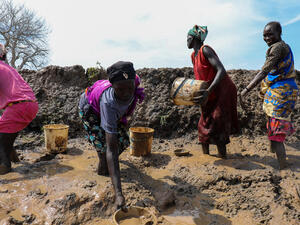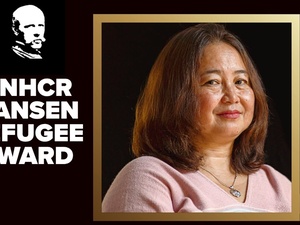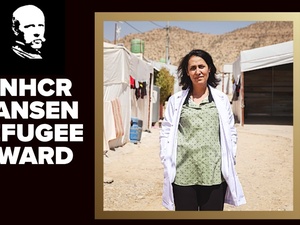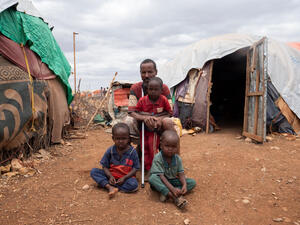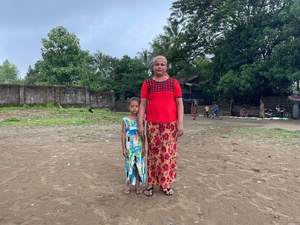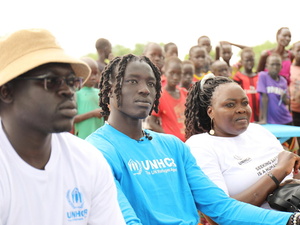Residents of eastern Ukraine return home to find ruins
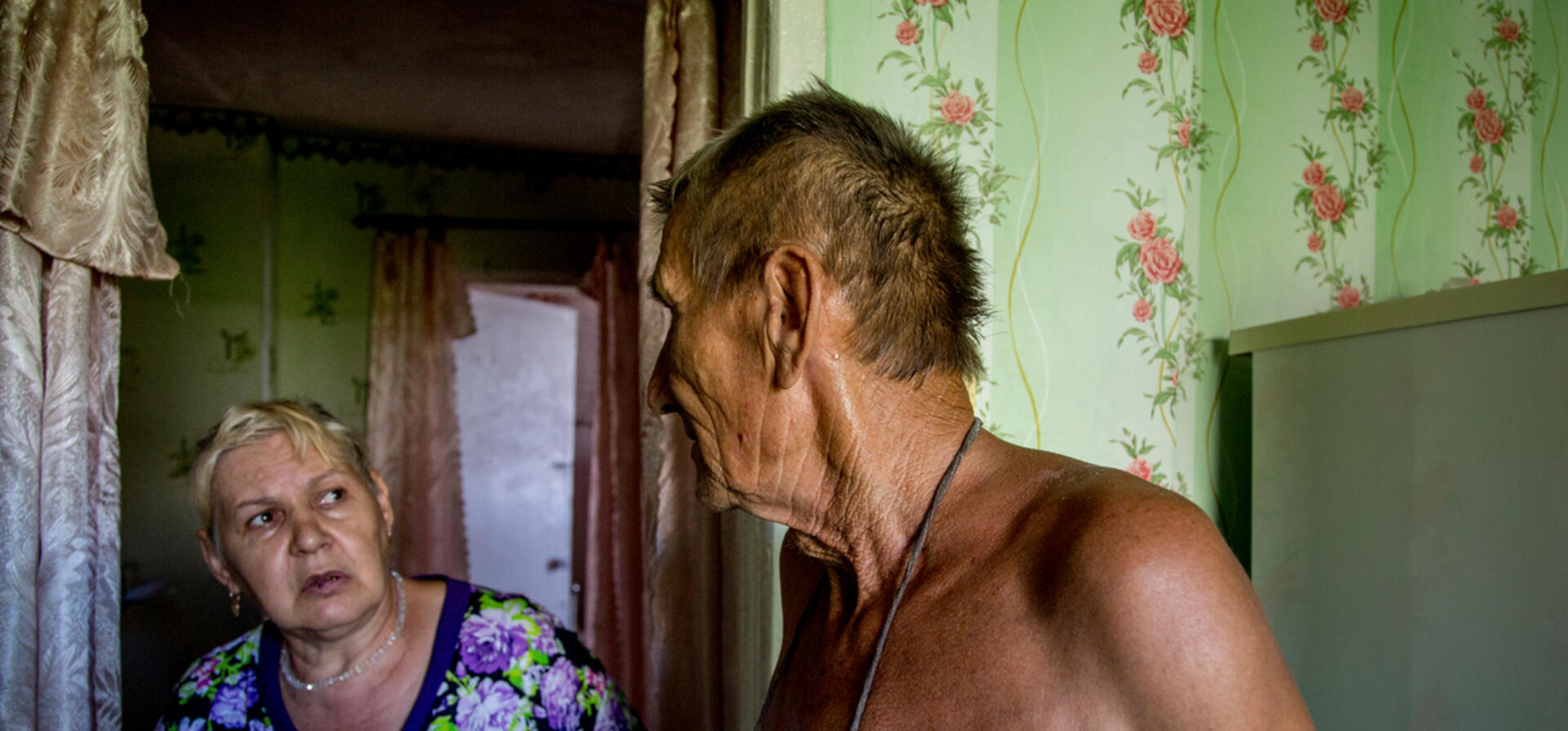
Residents of eastern Ukraine return home to find ruins
On a baking hot day in August 2014, a shell killed Natalya Golovchenko’s mother and daughter right in front of her. She and her family, along with hundreds of others, were attempting to flee fighting raging outside Luhansk in eastern Ukraine.
Natalya’s son and grandson were also wounded by shelling as the convoy of trucks they were on came under fire outside the city. A sudden flight from their house in the village of Khryaschevatoe had come after four months of violence that turned eastern Ukraine into Europe’s bloodiest conflict zone since the war in former Yugoslavia in the 1990s.
Natalya, 59, and her husband Nikolai Golovchenko, 69, returned home after several weeks sheltering in the south-eastern region of Zaporizhzhia. They are slowly piecing their lives back together again, trying to make ends meet on tiny monthly pensions amounting to less than a total of US$100. They are surrounded by joblessness, high prices, a collapsing economy and a humanitarian crisis.
“We’re trying to live. We’re not relying on anyone,” said Natalya, clad in a bright, flower-patterned dress that contrasted starkly with the water-stained ceiling and peeling wallpaper.
The conflict in eastern Ukraine has uprooted more than two million people, both in Ukraine and outside the country’s borders. Approximately 500,000 people – one in four of the Luhansk region’s residents – fled the fighting in this land of farms, coalmines and steel factories. Many left for Russia, and others like Natalya’s family, for other parts of Ukraine. Some returned within days or weeks. Others went back after a ceasefire was announced in September last year.
“By now, at least 150,000 are back in Luhansk,” said Pablo Mateu, UNHCR Representative in Ukraine.
For many, returning home was heart-breaking. What they saw were fresh graves of relatives, friends and total strangers, burned-out tanks and cars and houses with no running water, electricity or gas.
“Everything was broken, there were tanks, empty shells,” said Elena Surnina, a mother of three, whose house in the village of Novosvetlovka was hit by shellfire. “We ate what was left in the basement,” she said and collected scrap metal to sell.
“Everything was broken, there were tanks, empty shells … We ate what was left in the basement.”
They and countless others survived thanks to their basements and kitchen gardens. Families endured the gunfire and shelling by taking shelter in cold, dark and damp cellars, eating only canned vegetables, pickles and potatoes.
Houses were damaged by bullets, shelling, explosions, fires and looters. Even if shrapnel did not touch them, the shockwaves caused by explosions lifted the roof tiles briefly and deafeningly as if by a powerful earthquake.
“The tiles slide down like fish scales,” said one of UNHCR’s building contractors.
These houses are the foundation of rural Luhansk’s resurgence, but the conflict has made them vulnerable to the elements. Roofs let in the rain and snow. Electricity, water and gas are now back on in most houses, but the merciless steppe winds sap the heat as winter temperatures fall below minus 30 Celsius.
Residents’ incomes are far too low to pay for renovations. Most people in Luhansk live on less than $50 a month and many rely on humanitarian aid from local authorities, Russia and international agencies. Many do not know how to ask for aid or believe it will reach them somehow. They patch up their roofs and windows temporarily with tarpaulin and cellophane.
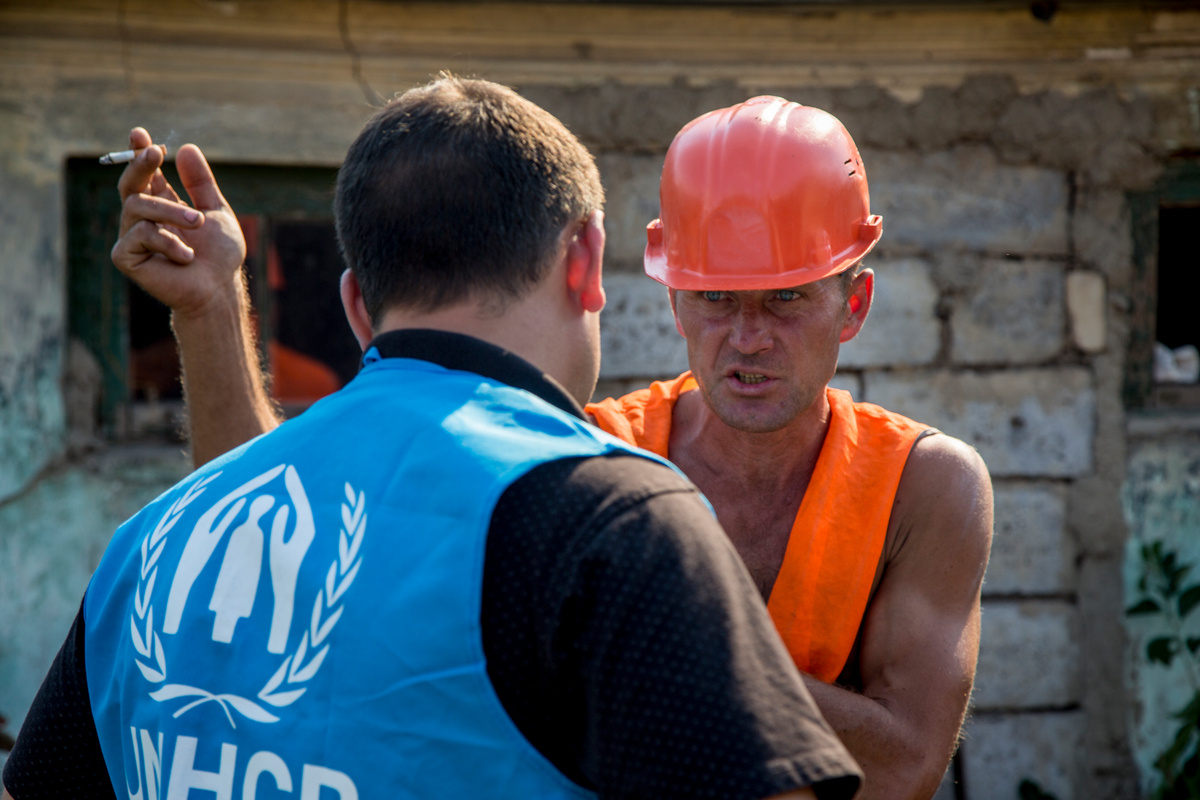
UNHCR has contracted construction workers in the village of Georgievka to repair houses damaged by the 2014 conflict.
UNHCR has already helped restore some 600 houses and apartment buildings in non-government controlled parts of the Luhansk region where about 1,200 families live. After a damage assessment and talks with officials, the agency hired local construction workers to assist vulnerable families and deliver building materials to those able to do the repairs.
When a family’s roof, windows and walls are being repaired, neighbours hurry to UNHCR representatives to ask for help and often describe a long list of needs.
Victoria Galizdra, 48, and her house in the village of Georgievka witnessed some of the worst fighting. A Cossack hiding next to an old chestnut tree survived a duel with a tank. A sniper left a handful of empty shells in her backyard.
A mirror fell down in their living room but did not break, which Victoria’s superstitious family saw as a positive sign.
“My mother said ‘thank God, all of us will survive’,” Victoria said sitting next to her house where her sons had installed a new roof paid for by UNHCR. “We can write a bible after everything we went through.”



